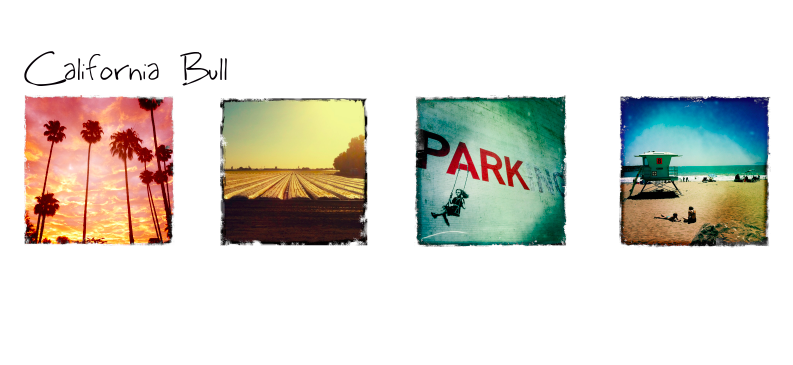This week, the Winter Solstice marks a
special point in our planet’s yearly voyage around the sun. Our planet does not spin straight up
and down, in comparison to the gigantic ball of fire we orbit. We actually tilt
-- 23.5 degrees, to be exact. We
are like a spinning top that’s always leaning to the same side.
The
degree and direction of that tilt stays the same no matter where we are in our
yearly journey. On December 21st, our northern hemisphere is tilted from the
sun---the farthest away it will be all year, and the southern hemisphere is the
closest.
If
the Earth were a leaning drunk man, on December 21st our tipsy planet has his
head out in cold space, with his butt against the fire. On June 21st, it’s the
opposite: his scalp burns while his toes are getting frozen.
This
tilt creates our planetary seasons, which are always opposite to each other in
the two hemispheres. Cold winter
in the Northern Hemisphere, warm summer in the South, and the Tropics in
between have seasons too, but a little less extreme.
That
means that today in Maine they’re wearing parkas, snowshoes and ear muffs and
tapping maple trees. In Sydney, Australia they’re in board shorts and bikinis
drinking beer on sailboats or surfing on Bondi beach.
But
in California, the seasons don’t match up easily with the rest of the world,
despite the Golden State being well above the Tropics. That means we can’t
figure out how we’re supposed to dress.
At
8:30 in the morning in Southern California, you’ll see a woman in a long winter
overcoat with a chic scarf standing on a street corner next to a man in flip
flops, board shorts and a T-shirt, waiting for the light to change.
The
man is shivering a little, but he’s committed to proving he can live like a surfer
all year long. The woman is maybe a tad too warm and sweating under the collar,
but she’s committed to wearing her fashionable winter clothes at least a few
weeks out of the year.
It’s
warm in the sun and cool in the shade, so you’ll see the board short folks
sticking to the sunny side of the street, while those seeking a winter
wonderland will be hugging the buildings, searching for shadows.
You
also see mad fashion mash-ups that you get nowhere else in the world. Plenty of
women wear their down parkas up top, and then flip-flops down below. Guys will
wear cargo shorts with a ski sweater.
Both men and women will wear knit caps with their arms, legs, and digits
exposed. We sometimes export these
bizarre trends, and people copy us without realizing that we have a seasonal
disorder. Consider the woman wearing a thigh-exposing denim mini-shirt, and
then oven-hot Ugg Boots on her feet. That weird look came from our seasonal
confusion, folks, not any true fashion sense, so be wary of copying us.
It’s
a coastal issue, mostly. When you
get into the San Joaquin Valley and then closer to the Sierra Nevada mountain
range, our behavior matches the rest of the country. True, you’ll sometimes see people skiing in bikinis (only in
California), but generally people dress appropriately. A Visalia cotton farmer wears thick
denim in winter, and woman working for the Forest Service in Truckee knows to
wear snow boots in Winter. But if
you cross the coastal range and get closer to the ocean, the temperate effects
of the ocean confuse us.
In
San Diego, it’s not that bad. San Diego has the best weather in the country,
which means it’s 85 in the summer and 70 in the winter, and only the absence or
presence of leaves on the trees will tell you whether it’s winter or not.
When
you get to Los Angeles, the confusion begins. Los Angeles is a semi-tropical
desert, which means it can get warm in winter, but the warmth doesn’t stick
around. It’s cold at night and in the morning, enough for frost to happen, but
then it can be 80 degrees in the middle of the day if you’re standing in the
sun. It’s hard to know what to wear, so we invent bizarre clothing combinations
as we each decide which trade-off we prefer, shivering or sweating. The amount
of cement in the urban sprawl only makes it worse. Cement and asphalt don’t
hold heat well, so it rises away quickly at night and reflects into your skin
during the day.
As
you get to Northern California, the weather stabilizes, but in ways that don’t
match the rest of the country. In winter, Monterey and San Francisco have
brilliant days of blue skies and bright sunshine, but it’s still too cool to
strip down. In summer, the interior valleys get so hot that the rising air
sucks in air from the coast to replace it, and that cooler ocean air hits the
coast and turns into fog -- fast moving, bone chilling, wet fog. The last thing
you want to do in summer in either Monterey or San Francisco is to go to the
beach and take off your clothes. You’d get hypothermia.
We
want our summer and winter experiences to match the rest of the country, so we
engage in wishful thinking and questionable behavior. In San Francisco, in
winter time, if the sun is out and you can get out of the wind, you can
actually find warmth. You can find guys in the parks with their shirts off and
women in bikinis and shorts lying on beach towels, but laying low behind
hedges. If you’re lying flat to the earth the sun will feel like it’s 80
degrees, but if you raise your head above the hedge row the cool breeze will
chill you. That’s why you see
people in swim suits wearing down parkas on top -- they’re on a search for a
heat sink in which they can rest, and pretend it’s summer in the middle of
winter.
In
summer, it’s the opposite. In most of the city the wet fog is moving so fast
that it’s better to wear a winter raincoat than any kind of summer clothes. But
Northern Californians still try to be like the rest of the country. That’s why
they’re wearing down parkas on July 4th as they barbecue in their tiny
backyards, and then they all go down to Crissy Field by the Golden Gate Bridge,
and watch the fireworks over the water change the color of the thick clouds
while the fog horns blast.
A
trip to the beach is always wistful in Northern California. If it’s warm, it’s
still not warm enough to go swimming. If it’s cold, it’s wet enough that you
want to be in the car.
Farther
north, the Coastal Redwoods take over and they create their own eco-system.
It’s a temperate rain forest; wet in winter, less wet in summer.
As
winter takes over in Southern California, I plan to enjoy the next six weeks.
There was frost on the ground on the first day of winter, but the forecast for
later in the week is eighty degrees. January has the best weather of any month,
which is the whole point of the Rose Bowl Parade. Look America! While you’re
freezing, we have a hundred floats covered with roses and tropical flowers, and
it’s brilliant sunshine! Come move
West!
The
weather is great for hiking, and you can get a sun burned face if you’re not
wearing a hat. In February it all changes as the rains finally come, and then
we’ll remember that it’s winter and we’re supposed to cover up, but for the
next six weeks it’s glorious, as long as you accept the wackiness.
Our
changing climate will mean winters will get more wet and blustery and summer
will be hotter and drier, but for now, winter means I can wear my ski sweater
with my swim trunks and flip flops.
















